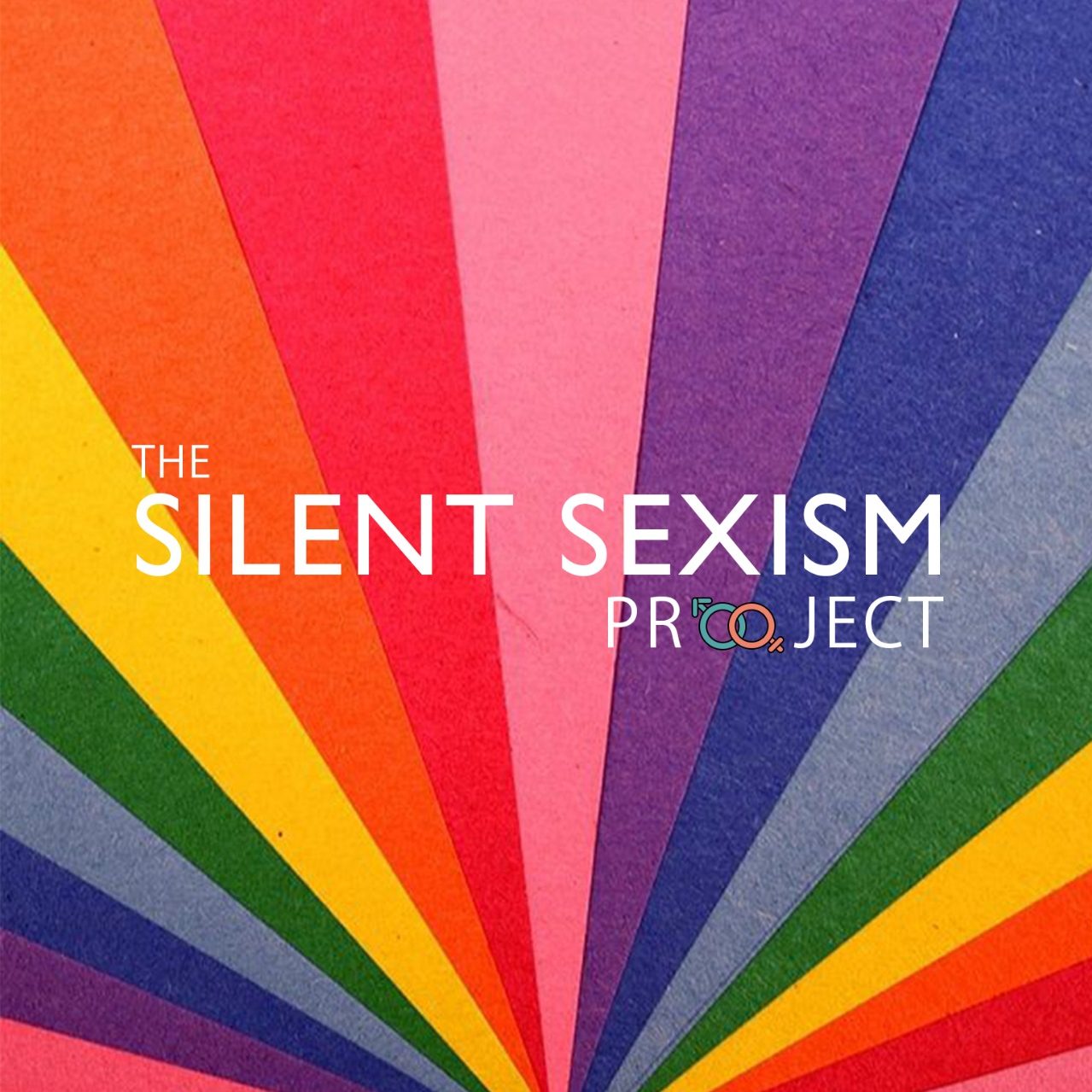WRITTEN BY: POORVI SHRIYAN
EDITED BY: DARSHNA GUPTA
TRIGGER WARNING
It’s the year 2021, we have witnessed a global pandemic, natural disasters, revolutions and so much more. Yet, we lack in addressing one of the most important issues in India. In a country where disabled people comprise 2.1 % of the entire population, we have done very little for them as a community. Disability is an issue that is widely misunderstood even today.
‘Disability and Karma’ is a concept that the majority of people still believe in. It is perceived as a punishment for misdeeds of the past life or crimes of the parents. Disability has been constantly misunderstood due to the lack of awareness, sensitization, and marginalization. Further, the media negatively feeding on these existing notions about disability does not help in turning the situation for the better. And, the continuing lack of knowledge leads to offensive remarks, unfair treatment, and stereotyping of people with disabilities.
When it comes to women with disabilities, the situation has an altogether different implication since women are ‘valued’ in terms of their bodies’ cultural, social, and familial profitability. Disabled men are often sympathized with, whereas disabled women are seen as a liability and held culpable for shaming their families. In India, disability is conveniently used to stigmatize women deviating from the normative duties their bodies should fulfill, including bearing children and being satisfactory sexual partners.
Media plays a very important role in shaping people’s perspectives. The lack of awareness and first-hand experience with disability can be rectified by precise disability representation in the media. To further the understanding of the role of media in this context cinema is a good window to peep into the happenings of society. Because, while it attempts to create a balance between the real and reel life, it is also a medium of educating the masses, and bringing a behavioural change in their practices and attitudes. In Cultures of Representation: Disability in World Cinema Contexts, Benjamin Fraser states the importance of studying films from diverse cultures to understand disability as a culture-specific and geopolitically defined condition.
In India, few Indian filmmakers have dealt with the topic of disability in their work. The movies usually portray disability either as a weakness, in a negative or even in a comical light. But this saw an exception in Bengali filmmaker Aparna Sen’s works. Through her movies Sati (1989), Paromitar Ekdin (2000), and 15 Park Avenue (2006) she attempted to address the fairly unexplored terrain of women’s disability in Indian cinema without sentimentalizing or unnecessarily glorifying it.
Hindi Cinema, (aka Bollywood) through movies like Koshish (1972), Sparsh (1980), Khamoshi (1996), Black (2005), Main Aisa Hi Hoon (2005), Taare Zameen Par (2007), Barfi! (2012) and Margarita with a Straw (2014) helped change attitudes and created conversations toward disability. While disability has often been represented as dependence and punishment, these few films have the credit of being the torch-bearers of addressing the issue through a really nuanced and mature lens.
Women and girls with disabilities face a higher risk of sexual violence. Women with disabilities are often doubly discriminated against — as women and as people with disabilities. Men are more likely to receive medical attention as they are often the primary breadwinners in a family. Women constantly face stigma. These issues related to their survival are often neglected. Violence against women with disabilities falls into various policy ‘gaps’ due to the inability to deal with the intersectional nature of the violence that these women experience. They have to face the additional barriers in accessing justice at every level — from reporting and interacting with police, to getting medical care, navigating the judicial process, to finally obtaining compensation.
Women with disabilities are often inaccurately portrayed in mainstream media. Misrepresentations, un-representation, and under-representation in the media disempower women by negatively impacting their self-confidence and self-esteem. A change in the society cannot be achieved overnight, it is an amalgamation of awareness and representation, and media literacy is one of the easiest ways to start the conversation. By analysing and resisting media representations of women with disabilities, we can strive towards ethical reporting of violence against women with disabilities and demand a greater understanding of the broader context.
